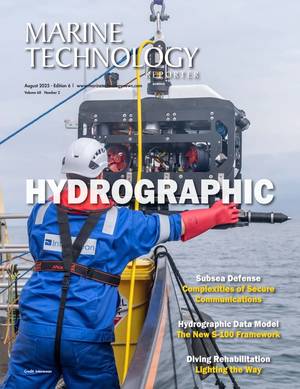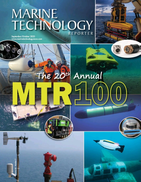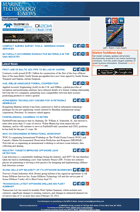Deeply Innovative: Drivers in Subsea Defense
The undersea domain has never been more strategically important. From the proliferation of submarines and underwater vehicles, to the protection of subsea energy and communications infrastructure, maritime security now extends well beneath the ocean surface. As a result, defense agencies worldwide are investing heavily in underwater energy, navigation, sensing, autonomy, and communication systems to maintain domain awareness and respond to emerging threats. The companies featured in this year’s MTR100 are leaders in these areas, with innovations shaping a new era of persistent, distributed, and scalable subsea defense capabilities.
Power & Energy Systems: Enabling Persistence
As defense missions extend into deeper waters and demand longer endurance, reliable power infrastructure has become critical. Companies like SubCtech are at the forefront with rechargeable lithium-ion battery packs rated for depths up to 6,000 meters. Its modular SmartPowerBlock technology powers AUVs and ROVs on long-duration operations, while OceanPack monitoring systems support uninterrupted environmental data collection, capabilities that are essential for subsea surveillance and maritime domain awareness.
Teledyne Marine’s Subsea Supercharger (SSC) is another breakthrough - a compact, fuel cell-based “mini power plant” engineered for long deployments in remote environments. The SSC can charge resident AUVs/ROVs, power control nodes, and support fully autonomous operations without frequent retrieval or servicing.
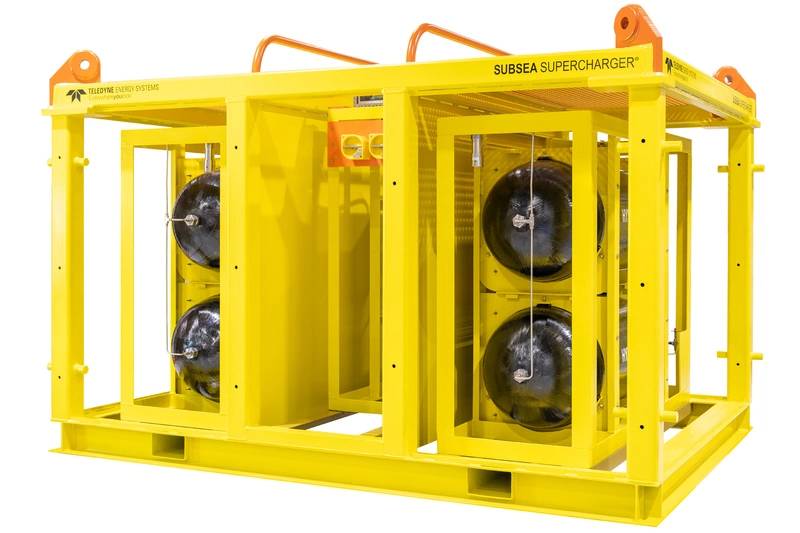 Teledyne Marine’s Subsea Supercharger. Credit: Teledyne Marine
Teledyne Marine’s Subsea Supercharger. Credit: Teledyne Marine
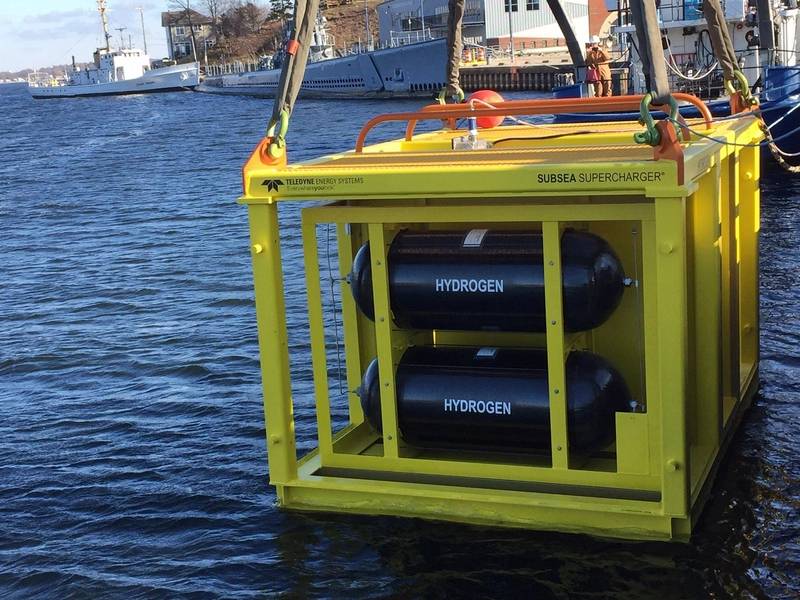 Subsea Supercharger on the water. Credit: Teledyne Marine
Subsea Supercharger on the water. Credit: Teledyne Marine
Equally vital is the subsea connectivity backbone. NOVACAVI’s hybrid fiber-optic cables, part of their Aquacable line, are powering and delivering real-time data for advanced surveillance systems like Image Soft’s Underwater Surveillance System (UNWAS). And with decades of experience supporting defense and offshore customers, MacArtney Underwater Technology Group designs and integrates end-to-end underwater energy delivery systems. In addition to cables and connectors, MacArtney provides custom-engineered umbilicals, winches, slip rings, and subsea junction boxes that form the power distribution backbone for AUVs, ROVs, and fixed seabed installations.
Navigation & Positioning: Operating Without GPS
Defense planners increasingly expect to operate in GPS-denied environments where surface fixes may be unreliable or non-existent. Precision underwater navigation is therefore a critical enabler of subsea defense, which increasingly demands highly compact positioning and inertial systems that can fit into small, lightweight underwater vehicles without sacrificing accuracy or performance.
Tritech International has long been known for its Gemini imaging sonars, but its MicronNav USBL system is a standout in miniaturized navigation. Designed for small vehicles and diver applications, MicronNav provides real-time tracking, positioning, and data transfer in tight, cluttered spaces - critical for operations like mine countermeasures (MCM) and covert coastal operations.
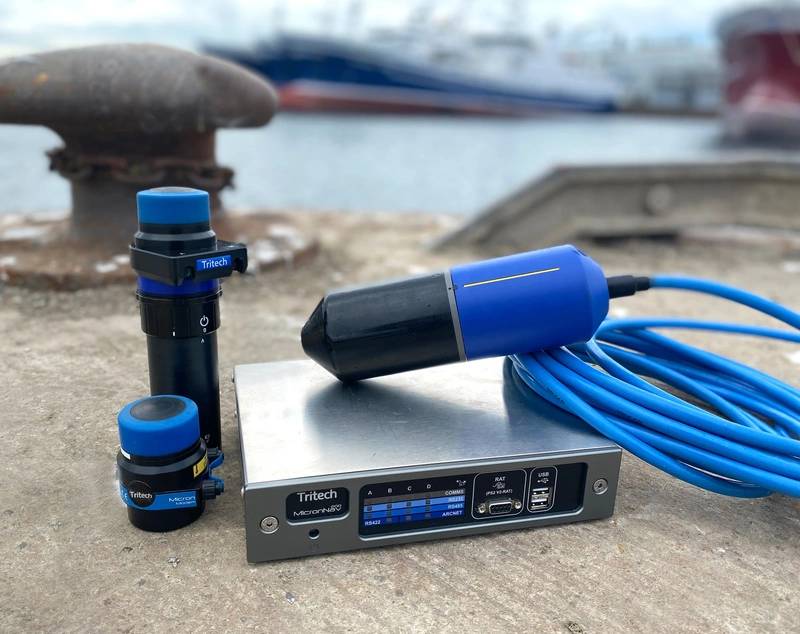 MicronNav USBL system. Credit: Tritech International Limited
MicronNav USBL system. Credit: Tritech International Limited
SBG Systems is redefining inertial navigation with its MEMS-based Ekinox and Ellipse INS/AHRS units. These compact, low-SWaP (Size, Weight, and Power) systems provide highly accurate navigation and orientation data, even without GNSS input, enabling long-endurance autonomy and precise control for vehicles operating deep underwater or in contested environments.
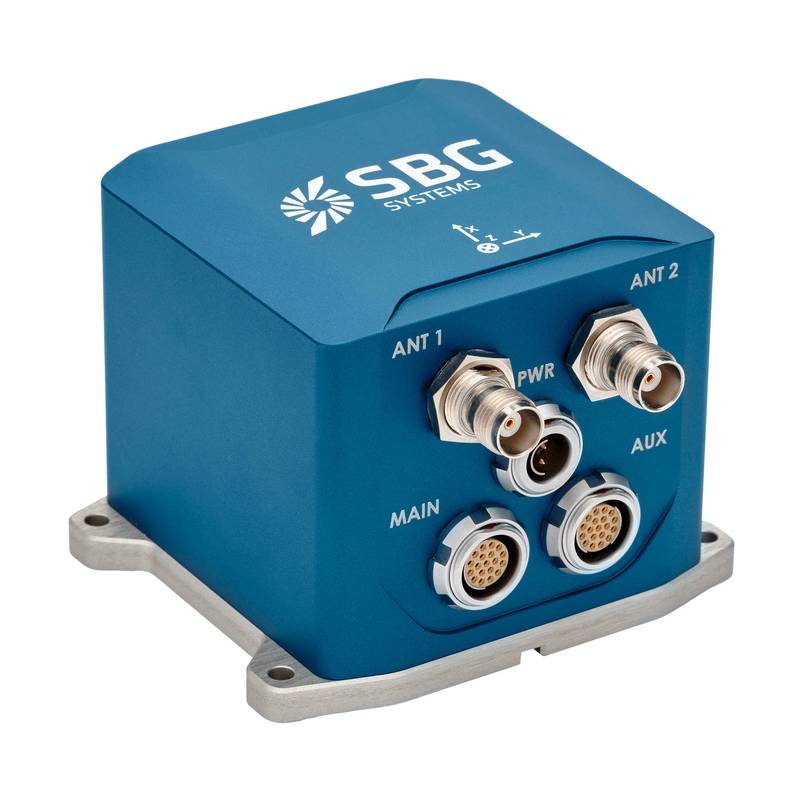 Ekinox inertial navigation system. Credit: SBG Systems
Ekinox inertial navigation system. Credit: SBG Systems
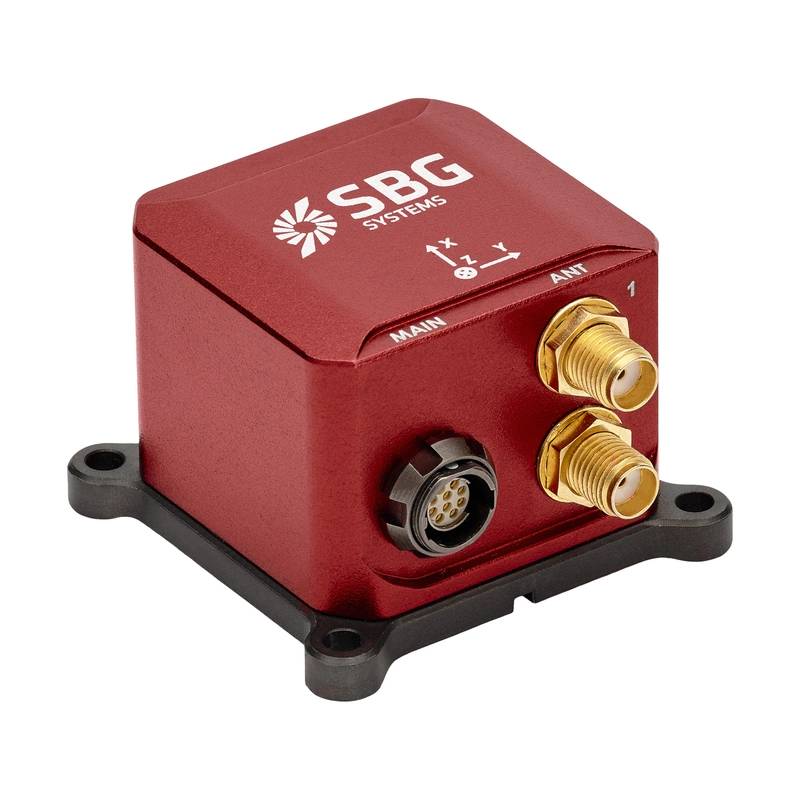 Ellipse MEMS-based inertial system. Credit: SBG Systems
Ellipse MEMS-based inertial system. Credit: SBG Systems
Nortek’s compact Doppler Velocity Logs (DVLs) and the Nucleus 1000 navigation system are enabling small AUVs and diver guidance systems to operate autonomously with remarkable accuracy. Paired with SBG Systems’ MEMS-based inertial sensors, these solutions are shrinking the size and cost of precision navigation.
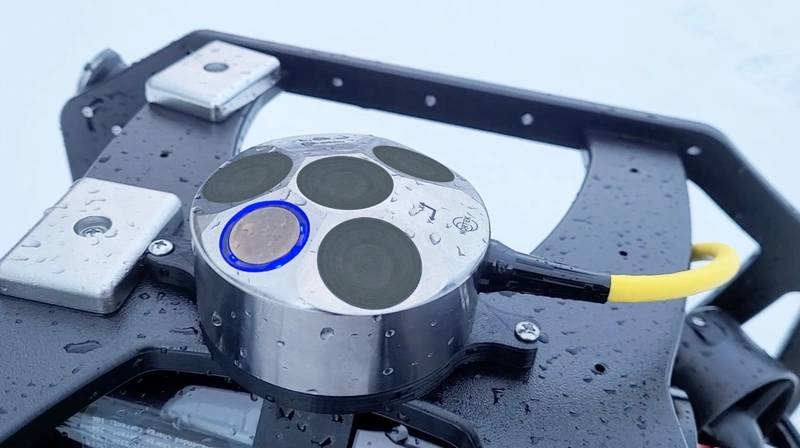 Nucleus 1000 navigation system. Credit: Nortek
Nucleus 1000 navigation system. Credit: Nortek
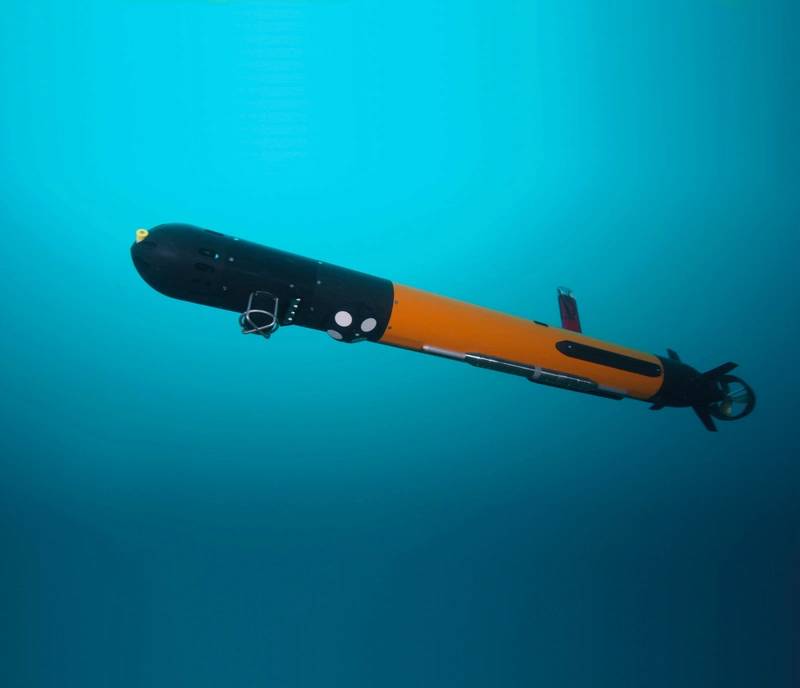 Nortek’s Doppler Velocity Log (DVL). Credit: Nortek
Nortek’s Doppler Velocity Log (DVL). Credit: Nortek
Sensing & Surveillance: Expanding Seabed Awareness
Subsea defense is shifting from intermittent seabed surveys to continuous surveillance, driving innovation in sonar and underwater imaging systems. Canadian firm Kraken Robotics has emerged as a global leader in synthetic aperture sonar (SAS). Its KATFISH system, integrated with a Towed Synthetic Aperture Sonar (TSAS), is already in use with multiple navies for MCM and change detection, providing unmatched resolution and area coverage rates.
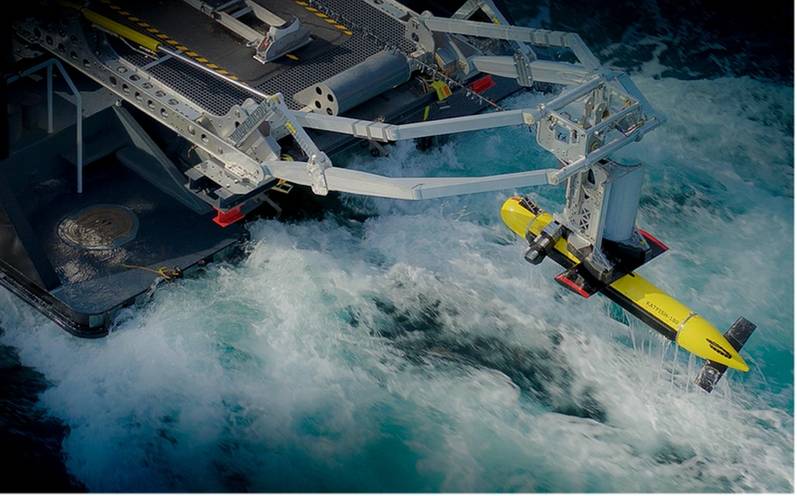 KATFISH system. Credit: Kraken Robotics
KATFISH system. Credit: Kraken Robotics
NORBIT Subsea adds another layer of capability with its compact multibeam sonar systems and GuardPoint family of intruder detection solutions, enabling security teams to monitor harbors, naval bases, and underwater infrastructure in real time. Similarly, EdgeTech has a proven track record delivering side-scan sonar systems like the 4205 and 2205 payloads for allied MCM programs.
For close-range operations, Klein Marine Systems’ high-resolution side-scan sonar provides detailed imaging of the seafloor, supporting MCM, salvage, and security missions. Paired with BIRNS’ ruggedized underwater lighting systems, these tools provide exceptional clarity in challenging environments, offering a comprehensive toolkit for detecting threats and anomalies in complex underwater settings.
Autonomous Unmanned Systems: Scaling Operations
Unmanned platforms continue to transform maritime defense by expanding coverage and reducing operational costs. Portable ROVs from VideoRay have become standard equipment for U.S. Navy explosive ordnance disposal (EOD) teams, enabling rapid, expeditionary deployment with minimal logistical overhead.
Oceaneering International is making waves with its Freedom AUV, recently selected by the Defense Innovation Unit (DIU) in 2024 as a prototype Large Displacement Unmanned Undersea Vehicle (LDUUV) for the U.S. Navy. The vehicle has already conducted successful Navy demonstrations—undocking, obstacle avoidance, precision payload delivery, and long-duration surveys—marking an important step in autonomous subsea capabilities.
At the same time, Boxfish Robotics is pushing autonomy with ARV-i, its tetherless, resident underwater drone, which can stay submerged for months, and enable sustained surveillance and asset monitoring missions. And ecoSUB Robotics is democratizing subsea autonomy with its family of lightweight, affordable AUVs that can be deployed in large numbers. Their portability and ease of use make them ideal for a wide range of applications, from environmental monitoring, to asset inspection, to tactical swarm operations.
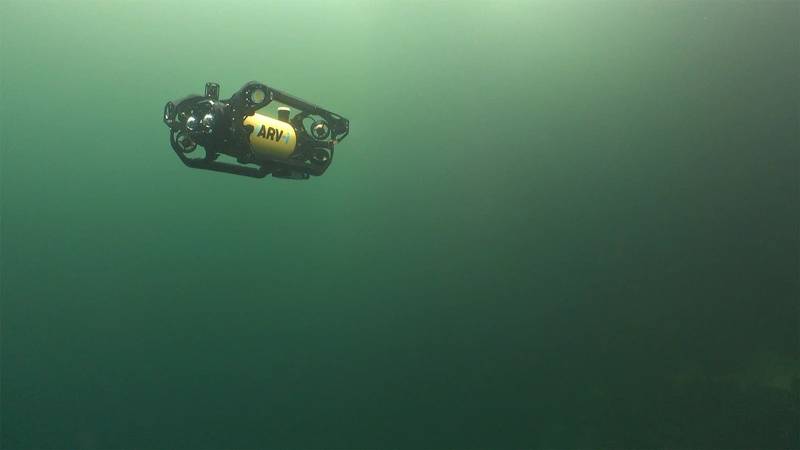 ARV-i drone. Credit: Boxfish Robotics
ARV-i drone. Credit: Boxfish Robotics
On the surface, SeaTrac Systems’ SP-48 solar-powered USVs can serve as persistent communication relays or mobile sensor hubs, extending the range and capability of underwater networks. And a particularly innovative concept comes from SubSeaSail, whose semi-submersible platforms combine stealth, energy-harvesting propulsion, and ultra-low-cost operation. HORUS is a semi-submersible observation platform capable of silent intelligence, surveillance, and reconnaissance (ISR), while HERMES is a rugged, self-righting trimaran for logistics and high-speed tracking.
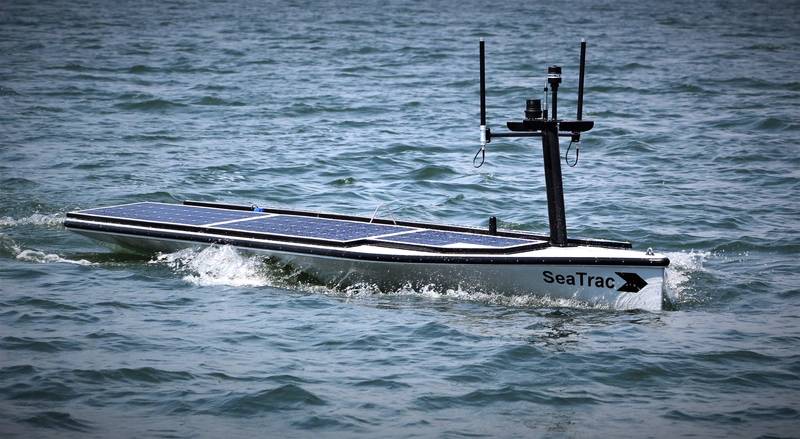 SP-48 solar-powered USV. Credit: SeaTrac Systems
SP-48 solar-powered USV. Credit: SeaTrac Systems
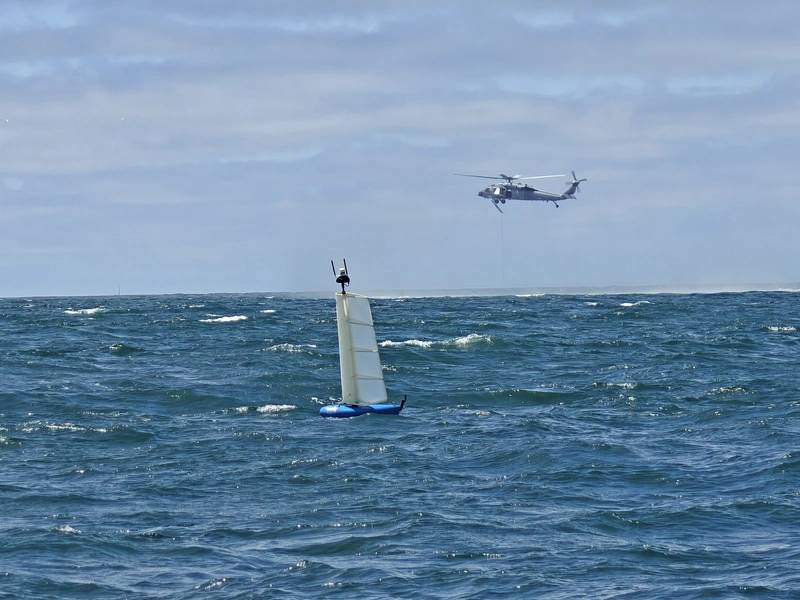 HORUS vessel. Credit: SubSeaSail
HORUS vessel. Credit: SubSeaSail
Subsea Communication Networks: Connecting the Underwater Battlespace
As unmanned underwater systems proliferate, reliable underwater communication is equally as critical as navigation and sensing, and MTR100 companies are pioneering solutions that enable navies to create highly integrated and distributed subsea networks.
Sonardyne has long been a leader in subsea communications and positioning. Its BlueComm optical modem provides high-speed wireless data transfer between vehicles or from vehicle to surface, while their Ranger 2 USBL and Compatt 6+ LBL systems can double as communications networks, enabling AUVs, ROVs, and divers to share navigation data and mission updates.
EvoLogics pushes acoustic communications further with its patented, dolphin-inspired S2C (Sweep Spread Carrier) technology, which offers simultaneous communication and positioning in challenging environments. This dual capability enables distributed AUV swarms, networked MCM systems, and diver guidance tools, all built on a common communications backbone.
Integration & Collaboration: The Ecosystem Behind the Innovation
The rapid pace of maritime defense innovation is fueled not only by trends in cutting-edge technologies, but also by collaborative ecosystems that accelerate the transition of commercial ocean technology into defense applications. These hubs, holding companies, and strategic alliances are helping to bridge the gap between commercial innovation and operational capability.
Technology clusters like Nova Scotia-based COVE (Centre for Ocean Ventures and Entrepreneurship) provide a collaborative space for startups, researchers, and defense contractors to test and refine their products. General Oceans, formed in 2021, is a global ocean technology group uniting leading subsea brands under one umbrella to leverage centralized R&D, engineering, and market support. Four of its companies - Nortek, Tritech International, Klein Marine Systems, and RS Aqua - are featured in this year’s MTR100, underscoring its growing influence across defense, offshore energy, and ocean science.
Meanwhile, Forcys, launched in 2022 by the UK-based Sonardyne Group, takes a similarly synergistic approach. Comprised of Wavefront Systems, Chelsea Technologies, EIVA, Voyis, and Sonardyne, Forcys technology partners pool expertise in sonar, navigation, autonomy, and mission systems to accelerate innovation for MCM, anti-submarine warfare, and seabed surveillance.
A New Era of Maritime Defense
From ruggedized cables to long-endurance autonomous platforms, the companies in this year’s MTR100 represent far more than engineering excellence; they are shaping the future of maritime defense. Advances in power systems, navigation technology, sonar imaging, and unmanned vehicles are converging to create an undersea domain that is more connected, persistent, and resilient than ever before. As subsea threats evolve, these innovators are delivering the situational awareness and operational superiority essential to securing the ocean depths.


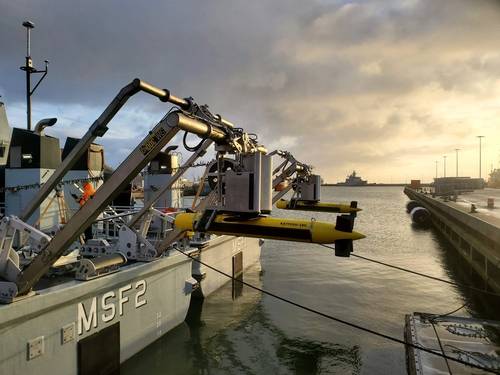
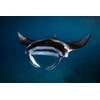
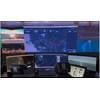
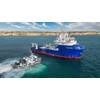
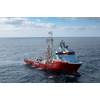
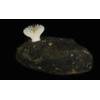








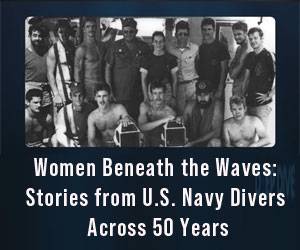
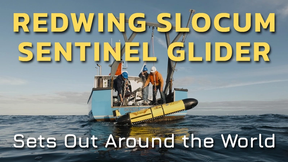
 August 2025
August 2025
